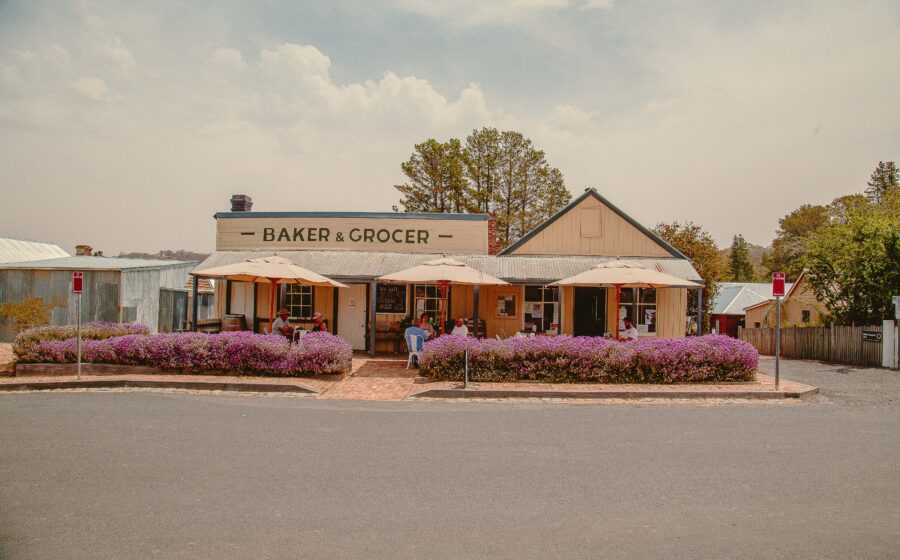World Heritage sites of Australia

The World Heritage Convention was born in 1972, in the wake of a series of successful UNESCO campaigns to save irreplaceable treasures, including the Abu Simbel temples in Egypt, and Venice and its Lagoon in Italy. In 1978, 12 sites were inscribed on the original list, and Australia’s first entries were added just three years later, in 1981.
“Australia was one of the earliest signatories of the World Heritage Convention,” says protected-areas expert Associate Professor Peter Valentine, from James Cook University, Townsville. “The government wanted to very quickly make a mark by getting some of our obvious sites on the list.”
The Great Barrier Reef was an obvious natural choice, while Kakadu National Park and the Willandra Lakes Region, home to Australia’s oldest human remains, were recognised both for their natural and cultural significance. Australian Convict Sites were inscribed in 2010. These 11 locations closely connected to our convict past were listed solely for their cultural values, as were two other Australian World Heritage areas (WHA).
The 19th site to be added was the Ningaloo Coast in 2011. See the full list below.
“World Heritage listing provides two important and related benefits: protection and promotion,” says Eleanor Casella, an archaeologist at the University of Manchester, UK, who has worked at the convict sites. In Kakadu, for example, it helped halt mining projects – and while State governments have control over their environment and natural resources, the Federal Government can use its legal powers under the World Heritage Convention, to step in.
Australia’s World Heritage sites under threat
Australia remains unusual in having World Heritage listing enshrined in an act of law – and it has been useful on more than one occasion. In the late ’80s, the Queensland government opposed the nomination of the Wet Tropics as a WHA, because it wanted logging to continue.
“This was a very tense period, with the government of Queensland aggressively chasing the last few old-growth trees,” says Peter Valentine. The state then took the federal government to court, challenging its move to halt the logging under the 1983 Act, but lost the case.
World Heritage listing has also protected the Great Barrier Reef, the Wet Tropics area and others from exploitation. “The traditional owners of the Jabiluka mine project area, the Mirarr people, sent a delegation to UNESCO in 1998 and were instrumental in drawing national and international attention to their concerns,” says Imelda Dover, tourism manager at Kakadu NP. “They successfully used the World Heritage listing as a tool to assist their struggle to prevent mining at Jabiluka.”
“One of the reasons conservation groups like World Heritage listings is that if a developer wants to build something massive inside a national park – which they try all the time – then if the state government rolls over, if it’s also World Heritage listed, then those conservation groups can appeal to the federal government,” says Professor Ralf Buckley, who researches ecotourism at Griffith University on the Gold Coast.
And while World Heritage listing can impede some people, it can provide new opportunities for others. In the Wet Tropics, for example, while unsustainable logging was halted, tourism soared. “Within a year or two of the World Heritage listing in 1988, the tourism industry was worth seven times as much per year as the logging industry had been previously,” Ralf says.
Australia’s World Heritage sites:
1. Australian Convict Sites
2. Sydney Opera House
3. Royal Exhibition Building and Carlton Gardens
4. Purnululu National Park
5. Greater Blue Mountains Area
6. Heard and McDonald islands
7. Macquarie Island
8. Australian Fossil Mammal Sites (Riversleigh/Naracoorte)
9. Fraser Island
10. Shark Bay
11. Wet Tropics of Queensland
12. Uluru-Kata Tjuta National Park
13. Gondwana rainforests of Australia
14. Lord Howe Island group
15. Tasmanian Wilderness
16. Great Barrier Reef
17. Kakadu National Park
18. Willandra Lakes Region
19. Ningaloo Coast




